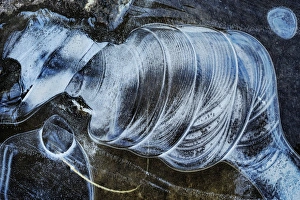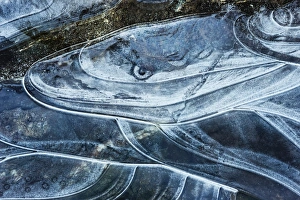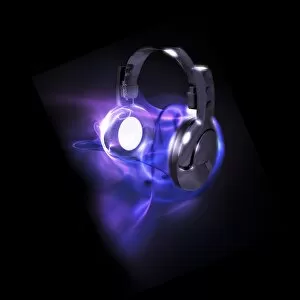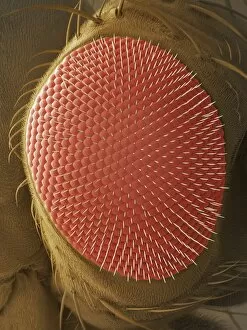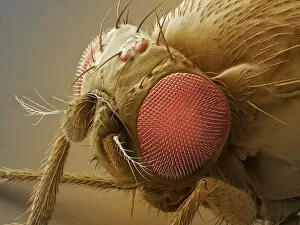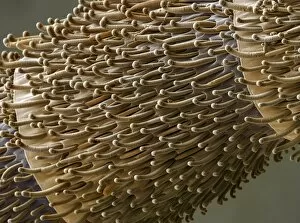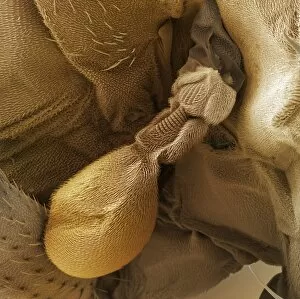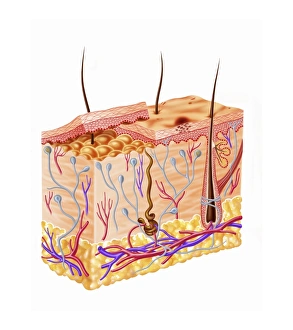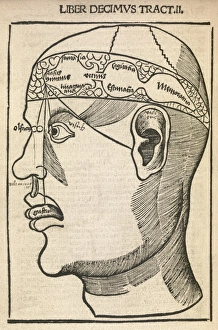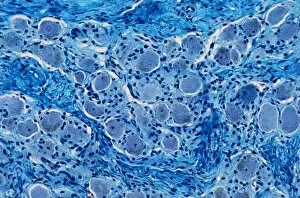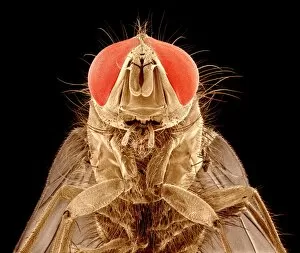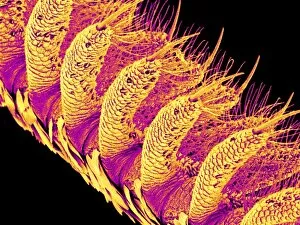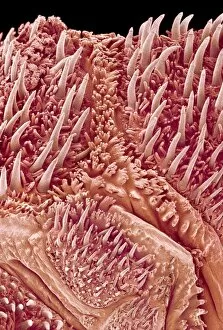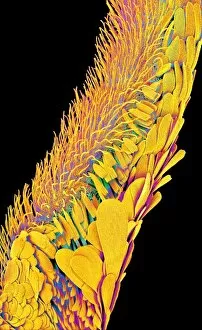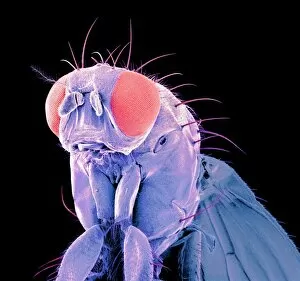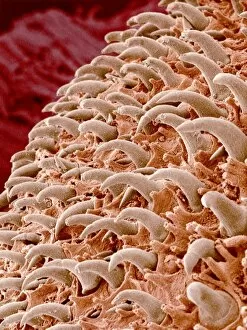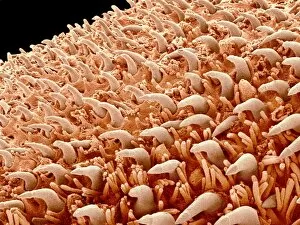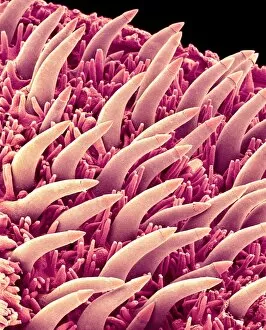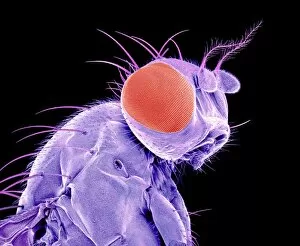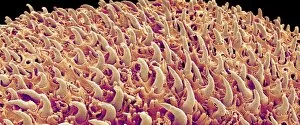Sensory Collection (page 3)
"Sensory: Exploring the Intricacies of Perception" Step into a world where senses come alive, as we delve into the fascinating realm perception
All Professionally Made to Order for Quick Shipping
"Sensory: Exploring the Intricacies of Perception" Step into a world where senses come alive, as we delve into the fascinating realm perception. From the intricate Sensory Homunculus mapping our body's touch receptors to the Montessori School fostering sensory development in young minds, this captivating journey will leave you astounded. Marvel at the delicate Moth Antenna captured under an SEM microscope, revealing its astonishing structure and function. Transport yourself to Lucio Fulci's eerie "City of Living Dead, " where every sense is heightened in a spine-chilling exploration of fear and suspense. Immerse yourself in artistry with "Still Life with Flowers in a Silver Vase with Perfume Burners. " This 17th-century oil painting evokes not only visual beauty but also hints at olfactory sensations that transport us back in time. Witness nature's wonders through images like Blackfly Antenna or Snake Head captured by SEM microscopy. These breathtaking close-ups reveal hidden details that enhance our understanding of these remarkable creatures' sensory abilities. Explore the intricate Rod and Cone Cells found within our eyes, providing us with vision and color perception. Delve deeper into microscopic worlds as Spider Lily Flower Stamen reveals its mesmerizing texture under an SEM lens. Unlock secrets as we witness the anticipation while Opening a Safe - each click resonating through your fingertips, heightening your senses. DDE-90037250 holds untold stories waiting to be discovered within its secure confines. Finally, let your heart melt at the sight of a Short-tailed Weasel sitting gracefully amidst snow-covered landscapes. Its keen senses alert to every movement around it; truly showcasing nature's ability to adapt and survive. Join us on this extraordinary journey through sensory experiences that shape our lives and connect us to both natural wonders and human creations alike. Prepare for awe-inspiring discoveries that will forever change how you perceive the world around you.



